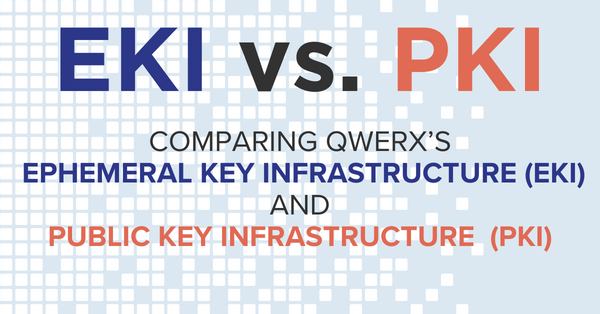In Cybersecurity, Predictability = Vulnerability

The greatest vulnerability of encryption methods is predictability based upon dependencies. Algorithms are mathematical, and mathematics is inherently predictable. 2 + 2 always = 4. It never = 7, or -5,738.083! 20th Century physicist John A. Wheeler postulated that the universe is made up of information, but in the natural world you won't find mathematics, numbers, or number systems in use. While some of the information is orderly and predictable, like the orbits of the planets, much of it is inherently unpredictable, like the weather.
The deeper we study information, the more likely we are to encounter unpredictability. In 1927, physicist Werner Heisenberg introduced the Uncertainty Principle, which describes the inherent unpredictability of certain types of information in nature. We have long observed the unpredictable or probabilistic quality of certain quantum information behavior as well as the chaotic behavior of other information systems.
Nature provides an abundance of unpredictable information through various information systems like the turbulence of liquids or gases, the decay of atomic particles, and the movement of atoms and molecules at temperatures beyond absolute zero. This randomness, also known as information entropy, can be extracted and utilized to create non-dependent keys that are impervious to mathematical decryption.
Each key constructed from such information is completely independent of any subsequent or prior key that might be extracted from the same source. Of course, the manner of extraction must be rigorous to avoid introducing bias.
QWERX's secure device authentication technology is built around random information extracted from nature. We use this information to populate our multi-dimensional database, the QWERX Chaotic Information Matrix (QCIM), from which dynamic, ephemeral symmetric keys can be rapidly assembled. In our patented Ephemeral Key Infrastructure authentication process, only this "raw key material" is stored and used to continuously generate new keys; the authentication keys themselves disappear once they are used and are never used again.
Why is this important?
Understanding the vulnerabilities present in algorithms is critical because most cybersecurity protocols today rely on them. Since algorithms are just a set of ordered instructions, the use of algorithms builds in both predictability and dependency, which can be used over time to predict a possible outcome. QWERX has eliminated algorithms and therefore has eliminated this potential vulnerability, as well as the need for calculation, making our system more agile and lightweight.
Even if a malicious actor were to obtain access to the QCIM, they would still be left empty-handed. No keys or sensitive data would be compromised, as the constantly changing cell addresses within the matrix render the content useless without the knowledge of how to properly assemble it. It's like trying to solve a puzzle with a trillion pieces multiple times a second, with no instruction manual and the correct solution constantly shifting.
Good luck, Bad Guys!


